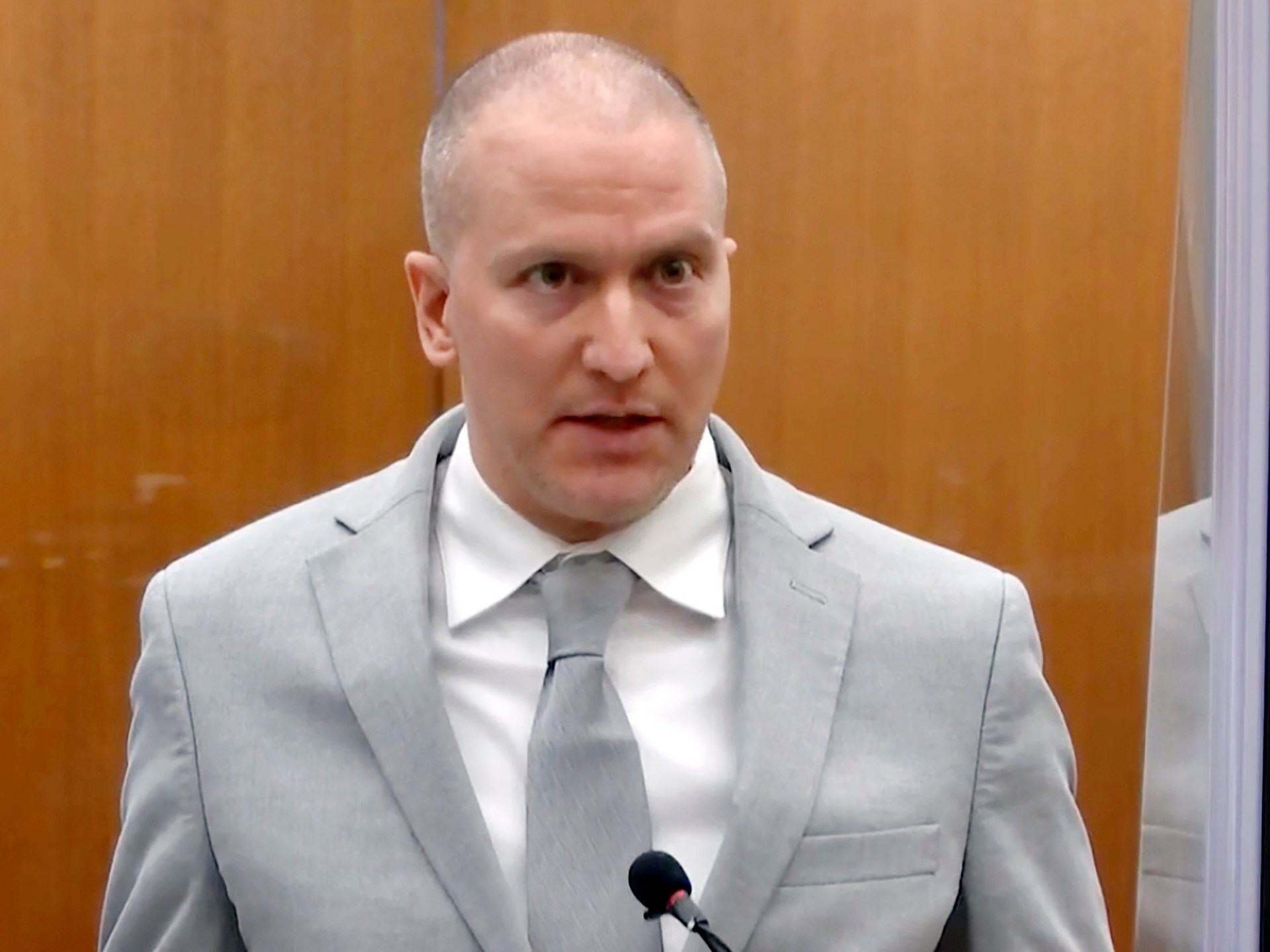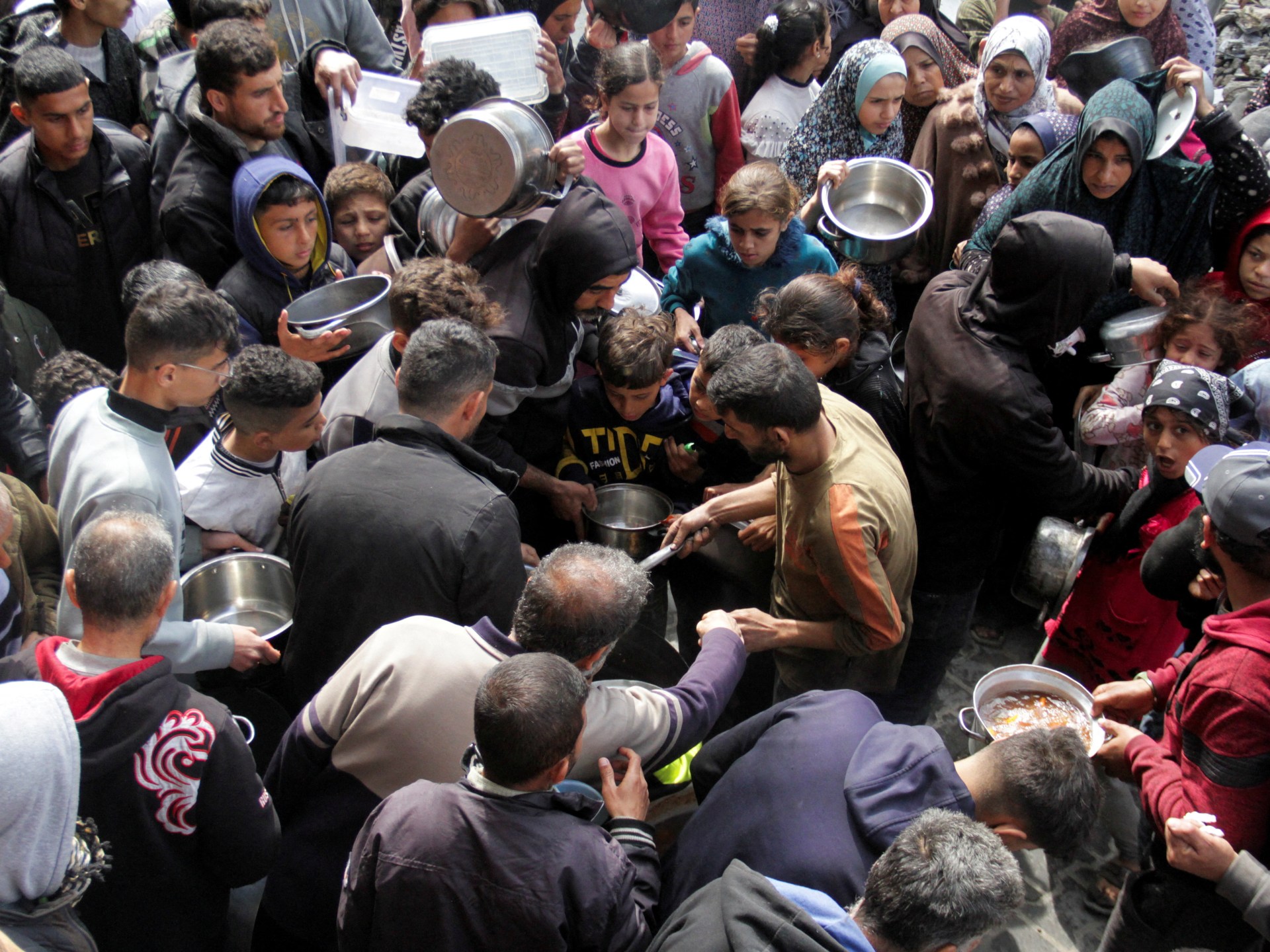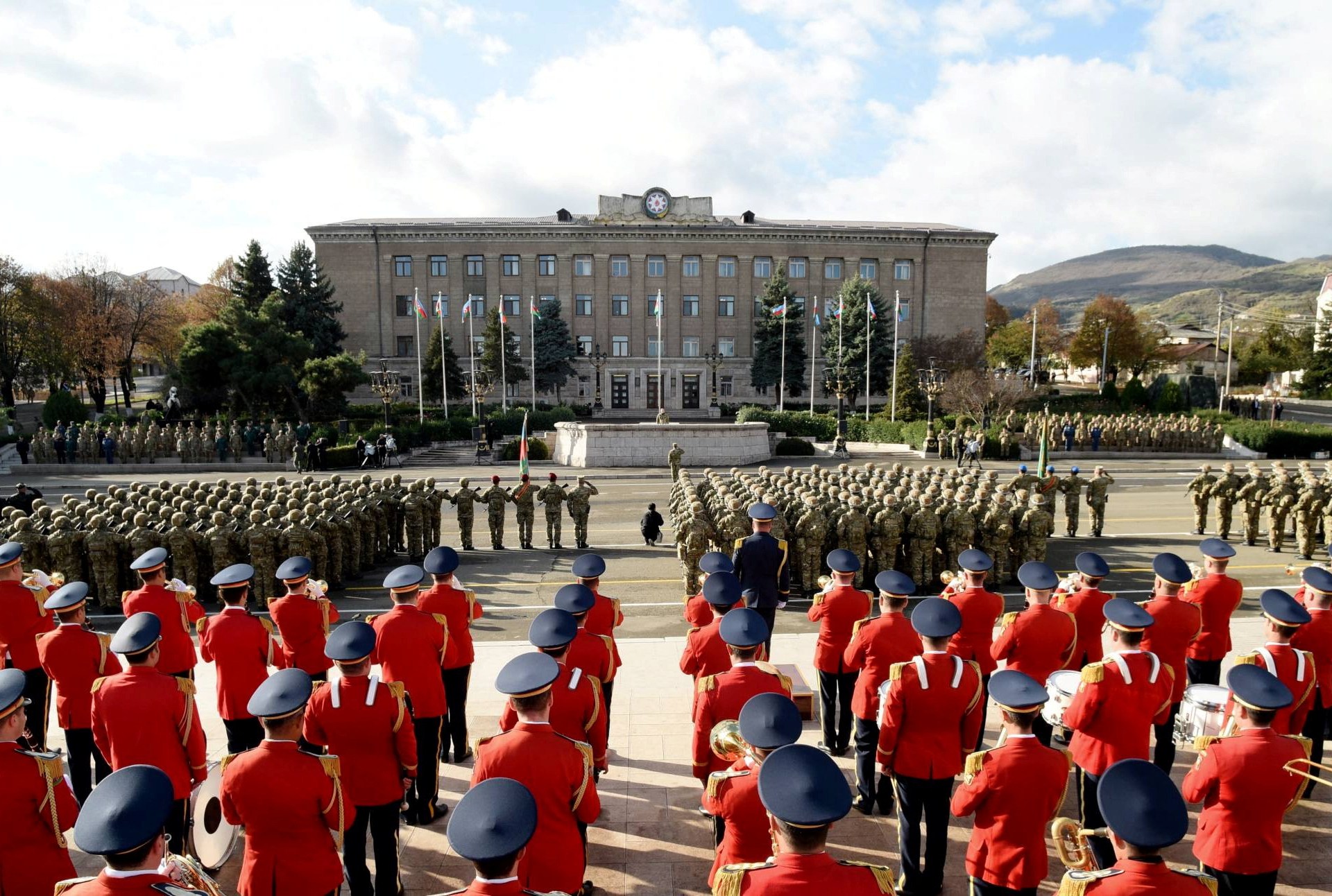A New Local Oversight Structure to Achieve SDGS, Climate Action & Biodiversity Preservation — Global Issues
KATHMANDU, Nepal, Sep 29 (IPS) – The links between Agenda 2030 and SDGs, including climate action and biodiversity preservation are clear and straightforward. Yet, leveraging them, and bringing them to together in a unified framework, remains extremely challenging.
The only way possible to create synergies would be to rethink the way governments are accountable towards these issues at national and local levels. After all, there are two whole SDGs, SDG 13 and SDG 15, respectively focus on climate and biodiversity preservation.
On the top of these two goals, there are plenty of additional elements, within Agenda 2030, that have a direct, impact in the double-edged fight against climate change and biodiversity loss.
Unfortunately, despite these profound connections and interdependences, climate action and biodiversity preservation have been discussed and dealt with through staggering separate and disjointed processes.
Proving this disconnection, hardly any news reports are covering the underlying interconnections that are indispensable to achieve a sustainable, just and fair planet. This is indeed, an overarching goal only possible if a new novel, holistic framework of action comes in place.
In an attempt to a common response to this siloes like system, UN DESA and UNFCCC, convened in May this year, a technical group of experts, focused at “analyzing climate and SDG Synergies and aiming to maximize action impact”.
During the recently held SDG Summit 2023, these experts released their first report entitled Synergy Solutions for a World in Crisis: Tackling Climate and SDG Action Together. As evident from its official title, the remit of this group neglected biodiversity.
Despite this weakness, the document is an important contribution to what I call the “Better Sustainability and Better World Global Agenda”. With this term, I imply the need to come up with a truly comprehensive blueprint that can turn around the global, UN led mechanisms intended to deliver a fairer, more just agenda for our planet.
The insights found in the document are not only important in terms of analyzing the “win-win” policies and related benefits from pursuing better joint policies.
Green infrastructures that follow the latest technological breakthrough in their design and construction modalities, sustainable consumption practices, including new approaches in the agriculture, all offer potent solutions to reduce emissions and preserve the environment.
Furthermore, the report explains how “the co-benefits related to health and agricultural productivity were found to globally offset the costs of climate policy and contribute to increased global GDP”.
As much as new evidence on the correlations of between the SDGs and climate action is essential, yet, the more fascinating aspect of the report is the focus on what are defined as the “political and institutional barriers and governance and institutional settings”.
An honest and frank assessment of the systems governing the implementation of Agenda 2030, the Paris Agreement and the Kunming- Montreal Biodiversity Framework, provide a frank assessment of the existing segmentation.
Climate change, with the legally binding framework approved in Paris commands, by vast margin, the highest level of attention and are perceived as the most important issue. Instead, much less is known or discussed about both the SDGs and the new biodiversity framework approved, thanks to the co-stewardship of China and Canada.
Among the three processes, no matter how much emphasis on the recently held SDG Summit, Agenda 2030 is where inaction and carelessness from the global leaders is most visible. The reason is simple: Agenda 2030 is not intergovernmental and therefore not legally binding.
Its enforcement mechanism, the so called Voluntary National Review, as it is self-evident from the name itself, remains purely up to the member states for its implementation. In an overly complex and fragmented landscape, it is unsurprising to know that bureaucrats and policy makers, especially in the developing world, do struggle in both planning and reporting because they have to deal with different and unrelated toolkits and frameworks.
The climate agenda is itself complex with multiple areas of work within the broad Paris Agreement. Governments have to prepare not only the so called Nationally Determined Contributions (NDC) in relation to the mitigation aspect of climate action but also separate planning and reporting for its adaptation dimension.
On the latter, states should, at least in theory, prepare National Adaptation Plan or NAP, geared for longer terms and National Adaptation Programme of Action or NAPA. Planning and reporting, as a consequence, is truly, a daunting job for national governments and for an utterly unprepared and unequipped global governance system.
The experts’ report could not be clearer.
“Complex governance arrangements and institutional structural rigidity can impede synergistic action and integration due to factors like overlapping authority, lack of mandate, department-specific jargon, unequal access to information, and lack”, the document explains.
The reality is that Agenda 2030, due to its weak legal dimension and its equally weak accountability mechanisms, is falling short of the expectations. It is doing so, especially in relation to its incapacity to include and bring together all the existing mechanisms and processes related to fights against poverty, climate and biodiversity.
Unfortunately, the ambitious agenda to reform the multilateral system, put forward by the UN Secretary General Antonio Guterres is not ambitious enough. There is no joint or combined planning, neither globally nor locally, to achieve a real a new Global Deal for the future of our planet.
Indeed, at ground level, local governance mechanisms are, structurally unable of bringing coherence and unity among the three dimensions. Yet it is at local levels where we should place our best hopes to create a truly “anti-silos” system approach that unifies the three agendas.
Because of the way they have been designed and implemented so far, the Voluntary Local Reviews or VLRs, should be entirely repurposed. We are talking about the tools at the hands of local governments to monitor the implementation of the SDGs.
They should not only be strengthened in terms of accountability but should become real planning instruments able to engage and involve the people. The creation of the expert working group on the synergies between climate action and the SDGs was possible thanks to a number of reports generated from a series of UN convened conferences, focused on climate change and SDGs.
The latest of these global events, formally the 4th Global Conference on strengthening synergies between the Paris Agreement and the 2030 Agenda for Sustainable Development” was held on the July 16 this year. This series of events and the insights they generated, also backed, though vaguely and in general terms, the importance of revisiting the institutional mechanisms.
At very practical level, what could be done?
To start with, in terms of higher accountability standards, the UN Country Systems should be further empowered. The experts’ report calls for leveraging system wide changes and fostering policy integration.
Among its recommendations there is “promote institutional capacity building and cross-sectoral and international collaboration at national, institutional, and individual levels, especially for the Global South”.
Moreover, the document highlights the importance of “ensuring policy coherence and coordination among policy makers across sectors and departments for enhancing climate and development synergies at the national, sub-national, and multi-national levels”.
Here few ideas on how these principles could be put into practice.
In what could become an almost revolutionary evolution of the ways the UN works at local levels, the offices of the countries level UN Resident Coordinators should be transformed into watchdogs able to independently evaluate the work done by the governments
While the UN agencies and programs, at national levels, are mandated to support the governments to implement their international commitments for a fairer, greener and more just planet, the UN Resident Coordinators should embrace the role of impartial and independent evaluator.
Alternatively, these offices should become the guarantors of independently UN managed but country owned local mechanisms tasked with verifying and checking on the compliance of the governments.
This could be either a permeant mechanism of a new global accountability system put in place at local level to ensure the common good or, otherwise, a temporary one.
In the latter option, we could imagine a transitionary only solution that would remain in place till when national authorities would become capable of developing and running independent, fit for purpose, compliance instruments on the three issues of the SDGs, climate and biodiversity.
In either way, an equal number of international and local independent experts, under the leadership of an authoritative local national, a person of undisputed integrity, symbolically responding to the UN Resident Coordinator, would make up the mechanism with the support of local staff.
Only bold solutions will help achieve the “Better Sustainability and Better World Global Agenda”. Starting from the bottom, rethinking how UN works to ensure governments fulfill their responsibilities locally, could offer the best odds for success.
States must admit and accept that, in order to fight inequality and poverty while reducing and slowing climate change and biodiversity degradation, they need to work under enhanced scrutiny and within a much more tighter accountability system.
This new proposed approach, while very ambitious and radical, is not impossible to be negotiated and put in place.
We just need, imagination and tons of political will!
The Writer, co-Founder of ENGAGE and The Good Leadership, is based in Kathmandu.
IPS UN Bureau
Follow @IPSNewsUNBureau
Follow IPS News UN Bureau on Instagram
© Inter Press Service (2023) — All Rights ReservedOriginal source: Inter Press Service
Check out our Latest News and Follow us at Facebook
Original Source







